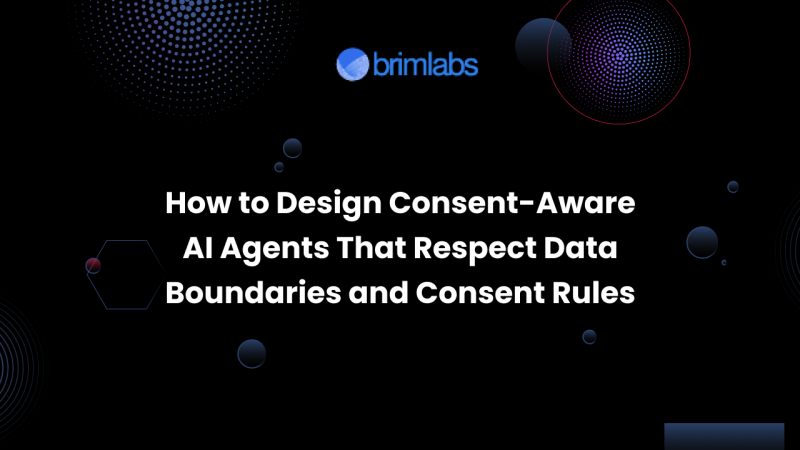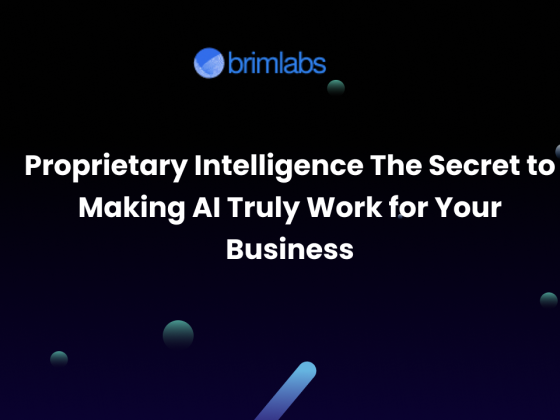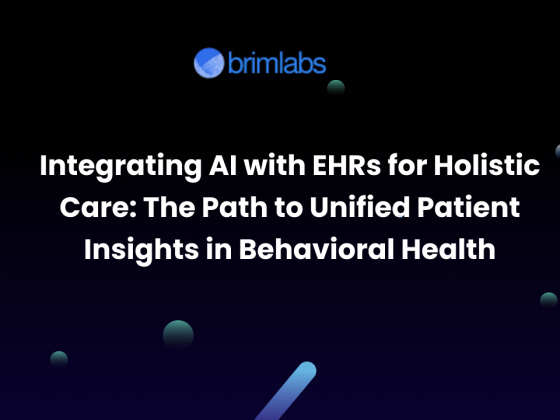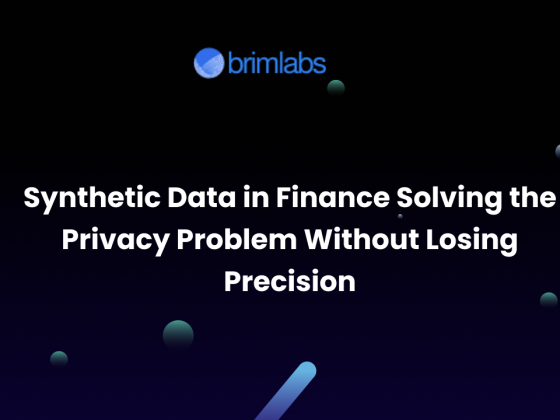Real-World Lessons from Building Responsible AI
A few months ago, we ran into a serious issue while onboarding a digital health client.
The AI assistant we developed was intelligent, efficient, and technically sound. However, it made a crucial assumption: it believed it had the right to analyze patient data just because the backend allowed it. That one assumption nearly compromised a clinical pilot.
This experience taught us something vital: in AI, capability without consent is a liability.
At Brim Labs, we help startups and enterprises across healthcare, fintech, and HR build smart systems. Over time, we’ve created a framework for building consent-aware AI agents—agents that treat data boundaries not as an afterthought, but as a product requirement.
This blog outlines how that works in practice.
The Problem: AI Agents Often Overstep
Too often, AI agents pull from multiple data sources, assume access rights, and rarely seek permission.
So, what did we change?
We began designing AI agents to act more like thoughtful assistants than data-hungry bots. They now ask before they act, check before they use, and forget when requested.
Principle 1: Consent Is Ongoing, Not a One-Time Event
In many systems, user consent is given once during onboarding and rarely revisited.
Instead, we built a mental health chatbot that only stores session data if users toggle on “save session data.” By default, it forgets everything. When a sensitive topic comes up, it asks:
“Would you like me to remember this for next time?”
This small but meaningful interaction builds trust while keeping the experience smooth.
Principle 2: Less Is Often More with Data
AI doesn’t always need full access to deliver value. It needs relevant signals—not everything.
For example, we developed a recruitment agent that initially used full résumés. After a privacy review, we limited the inputs to:
- Skills
- Experience level
- Last known industry
Surprisingly, the agent still delivered 90% matching accuracy without ever accessing names, locations, or birth dates. This shows how consent-aware AI agents can be both ethical and effective.
Principle 3: Consent Must Be Context-Aware
Consent shouldn’t be treated as static. When functionality changes, the AI must ask again.
Take our CRM-integrated assistant. Initially, it analyzed call transcripts with user consent. Later, when we introduced emotional tone detection, it sent a new prompt:
“This feature uses sentiment analysis. Would you like to activate it?”
This simple message helped avoid user concerns and built long-term confidence.
Principle 4: Transparency Builds Trust
No AI system handling personal data should operate like a black box.
At Brim Labs, we ensure users can always trace:
- What data was accessed
- Why a recommendation was made
- When and how consent was provided
Additionally, our agents offer “revoke” buttons so users can easily reset data permissions.
Principle 5: Build Privacy into the System Design
Privacy should be a foundational element—not a feature toggle.
That’s why our consent-aware AI agents are designed to:
- Run locally with on-device models
- Use tightly scoped RAG pipelines
- Integrate policy engines that comply with GDPR, HIPAA, and local laws
Even when using APIs like OpenAI, we strip personally identifiable information from the prompt and avoid storing sensitive inputs.
What Consent-Aware AI Agents Look Like
A responsible AI agent does more than ask once. It should:
- Understand what it can and cannot access
- Request permissions in context, not just at onboarding
- Clearly explain decisions in human terms
- Earn user trust over time
These traits define the new standard for building safe and transparent AI.
Final Thought: Respect Makes AI Smarter
Consent-aware AI agents are the future. They’re not just smarter—they’re safer, more ethical, and more trustworthy.
At Brim Labs, we build AI solutions with boundaries, transparency, and accountability. Whether you need a healthcare chatbot, a finance assistant, or a secure HR tool, we’re here to help you build it responsibly.
Let’s build AI that users can trust—together.











